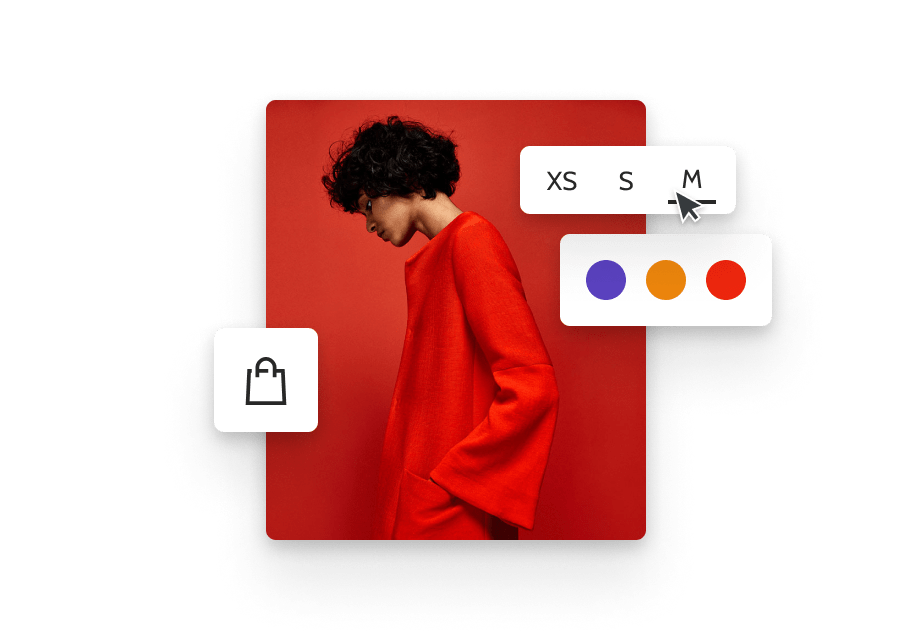The Future of Online Searching
The way we search for information online is evolving rapidly. Traditional text-based searches are still widely used, but newer methods like voice and visual search are gaining popularity. As technology advances, people are finding it easier to speak or snap a picture instead of typing out long queries. But how do these search methods compare, and which one is better for different situations? Let’s dive into the differences between voice and visual search, their advantages, and how they are shaping the future of online search.

What is Voice Search?
Voice search allows users to search the internet using spoken commands instead of typing. Popular voice assistants like Google Assistant, Siri, and Alexa process spoken queries and deliver results instantly. For example, instead of typing “best Italian restaurants near me,” you can simply ask, “Where’s the best Italian restaurant nearby?”
Advantages of Voice Search:
- Faster and hands-free: Perfect for when you’re driving, cooking, or multitasking.
- Conversational: More natural and user-friendly, mimicking human interactions.
- Optimised for local searches: Many voice searches involve finding nearby businesses, making it essential for local SEO.
Challenges of Voice Search:
- Accuracy issues: Accents, background noise, or unclear speech can lead to incorrect results.
- Limited for complex searches: It works best for direct answers rather than detailed research.
What is Visual Search?
Visual search allows users to search using images instead of words. By taking a picture or uploading an image, users can find similar products, landmarks, or even identify objects. Tools like Google Lens, Pinterest Lens, and Bing Visual Search make this possible.
Advantages of Visual Search:
- Perfect for shopping: Users can snap a photo of an item and find where to buy it instantly.
- Great for identifying objects: Useful for discovering plant names, art, landmarks, and fashion trends.
- Removes language barriers: No need to know the name of an object—just take a picture!
Challenges of Visual Search:
- Not always accurate: Some searches may return unrelated or incomplete results.
- Still developing: Visual search is not as widely used as voice or text searches yet.
Which One is Better?
The answer depends on the situation:
- Use voice search when you need quick, spoken answers (like asking for the weather or directions).
- Use visual search when you need to find something based on an image (like shopping or identifying objects).
The Future of Search
Both voice and visual search will continue to improve with AI advancements. Businesses should optimise for both by using structured data, high-quality images, and natural language-friendly content. As technology progresses, these search methods will play a larger role in how we interact with the internet.
Whether you prefer to speak or snap, the future of search is becoming more intuitive and accessible for everyone.





